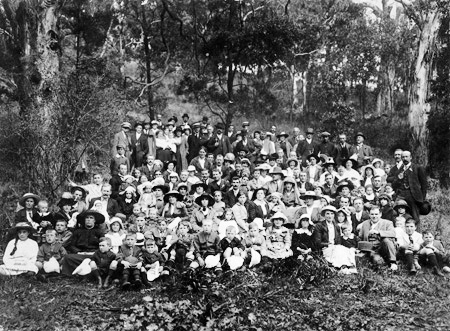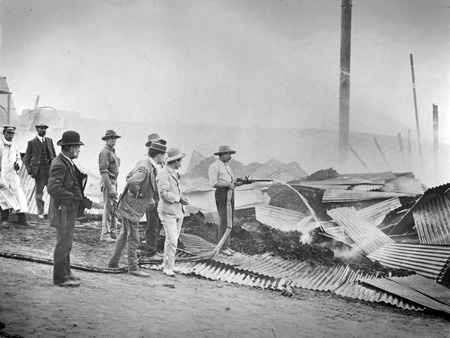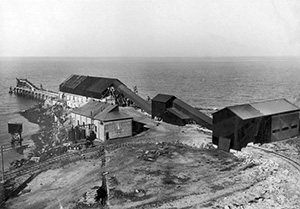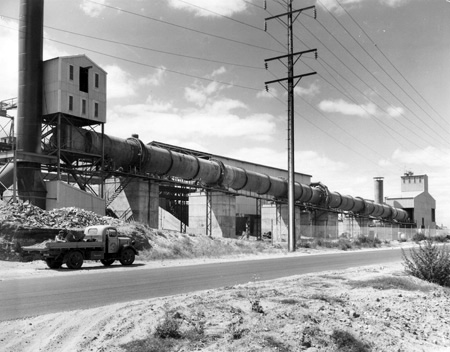Our History
Adbri Cement operates within the Cement and Lime division of Adbri Ltd, which has over 1600 employees with operations in all Australian states and territories. Adbri Ltd originated in 1882 and is an S&P/ASX 100 company with main activities including the production of clinker, cement and lime products, premixed concrete and aggregates and concrete masonry products.
1882
On the 12th of December William Lewis’ Brighton Cement Works was officially opened, this date marks the commencement of the Portland cement industry within Australia.
1891
William Shearing and William Lewis erected an experimental Cement plant. By using limestone and clay they manufactured a crude version of Portland cement, which after some technical refinement, the first batch of marketable cement was produced.
1892
William Lewis, William Shearing and a number of shareholders founded The South Australian Portland Cement Company Limited. A new manufacturing plant was built, and later opened by December of the same year.
1895
Increasing financial debt and a change of government, who reduced existing import tariffs, caused the Company to go into liquidation in late December.

1896
Private investors, many of them prior shareholders, purchased the Company to form the private company The South Australian Portland Cement Company. Over the following decade, The S.A. Portland Cement Company flourished, growing in size and in stature.

1909
However, a terrible fire on November 1909 destroyed the Works, located at Marino. An important financial loss was the result, driving the company into a Voluntary Administration in order to gain financial funding.
1911
Many of the existing shareholders registered a new business, The S.A. Portland Cement Company, which made numerous upgrades like the implementation of the first cement mill powered by electricity. Demand was such that the works could not maintain supply.
1913
Due to the growing demand, A.W.G. Pitt founded Adelaide Cement Company Limited at Birkenhead, recognized as the rival company, which used limestone from Yorke Peninsula that was transported across the gulf by steamship, and black mud (clay) from the Port River.

1927
The Board examined a proposal of merging the S.A. Portland Cement Company and its competitor, Adelaide Cement Company Limited, however, the proposal lapsed due to lack of enthusiasm from the shareholders.

1930
As a result of this direct competition, the S.A. Portland Cement Company took steps to increase production by refitting much of its plant, and increasing the number of employees to 104. Over the next 40 years, many advances in technology helped the cement industry to grow substantially.
Due to the lack of stone reserves the S.A. Portland Cement Company decided to relocate the Works. After extensive testing, it was decided that the new Works would be situated at Angaston due to the vast natural stone deposits.
1950
Construction of the Angaston Works commenced in June, with the concrete chimney stack reaching its full height of 204 feet by Christmas 1951.

1952
After the new Works at Angaston had been successfully tested, the old raw mill at Marino was switched-off, and the new Angaston Works was officially declared open in December.
1957
Talks recommenced between The S.A. Portland Cement Company and Adelaide Cement Company Limited, discussing the possibility of a merger, proposing the combination of their resources to increase supply in an attempt to meet the growing market demand.
1959
By November, a sales agreement was signed, which developed into a profitable arrangement for both companies for over a decade.
1960
Till then, S.A. Portland Cement Company had only made two types of cement, ‘normal’ and ‘high early strength’, the later having been introduced in 1929. In the 1960’s three more types of cement were introduced to the marketplace, ‘sulphate resisting’, ‘masonry’ and very light-coloured cement that in keeping with the history of the company, was named ‘Brightonlite’.
1970
After almost 3 weeks of intense movement on the Stock Exchange, ‘Adelaide’ announced that it had secured more than 75% of the ‘Brighton’ shares and on April 1971, the Boards of the two companies announced the forming of what is now known as Adbri Cement Limited.
Today
Adbri Cement Limited is part of the Adbri Ltd group of companies. With Adbri Ltd operations in every mainland state, and over 1600 employees nationally, we have proudly kept the tradition of high quality, locally manufactured cement alive and viable within Australia.
